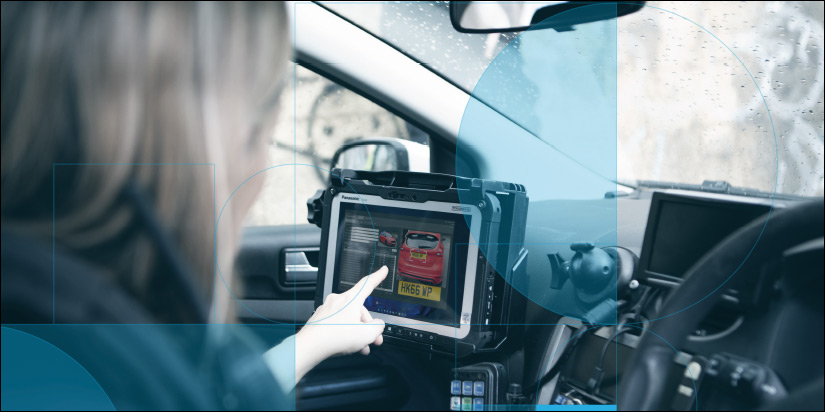The number of applications for Artificial Intelligence (AI) is steadily increasing: as the range of possible scenarios expands, it becomes increasingly clear that the key to its effective utilization lies in the competence of the users, ideally coupled with a well-honed critical sense
Studies on AI applications are multiplying, in step with the potential applications: the latest arrival in our editorial office highlights an increase in business productivity linked to the use of Computer Vision. Have you already heard about it?
Computer Vision is a field of computer science and engineering that deals with creating systems capable of interpreting and understanding the content of digital images or videos, it’s a bit like the Eye of AI. The main goal is to emulate the human ability to see and understand the visual world. This means that computer vision systems can be trained to recognize objects, people, actions, movements, scenes, and much more in images or videos. Some examples of computer vision applications include facial recognition, real-time object detection, autonomous vehicle navigation, medical analysis of diagnostic images, video surveillance, augmented reality, etc. But also practical activities such as repairs and maintenance, monitoring of the production line, and quality control, which slightly exceed the use in terms of safety, health, and protection. There are also applications in logistics and the supply chain, along with real-time projection mapping and people monitoring, demonstrating the wide range of relevant use cases for this technology.
Independent research, conducted by Opinion Matters and commissioned by Panasonic Connect Europe, interviewed 300 senior digital transformation and AI/computer vision implementation managers, working in companies with an annual turnover of over 50 million euros in Germany and the United Kingdom. More than a third of interviewed managers (37%) have already implemented a solution and are experiencing its benefits. Another third (34%) are in the planning or implementation process of the technology. However, despite the prospective benefits, skills and ethical concerns are among the main obstacles to the implementation of Computer Vision: the lack of external specialist support and internal technical skills represent the major constraints, with 37% and 33% respectively.
So, as increasingly clear from the debate on the topic of intellectual society, the main issue within AI is always that of its correct understanding and management by humans. We would say, always and again from the human point of view, cogito ergo sum.
To know more: Per saperne di più sullo studio: https://mediabooster.bpress.it/public/media/wl/?id=v5PeWpb2Om6igYPY3dpEFiIQebo3WK7H







